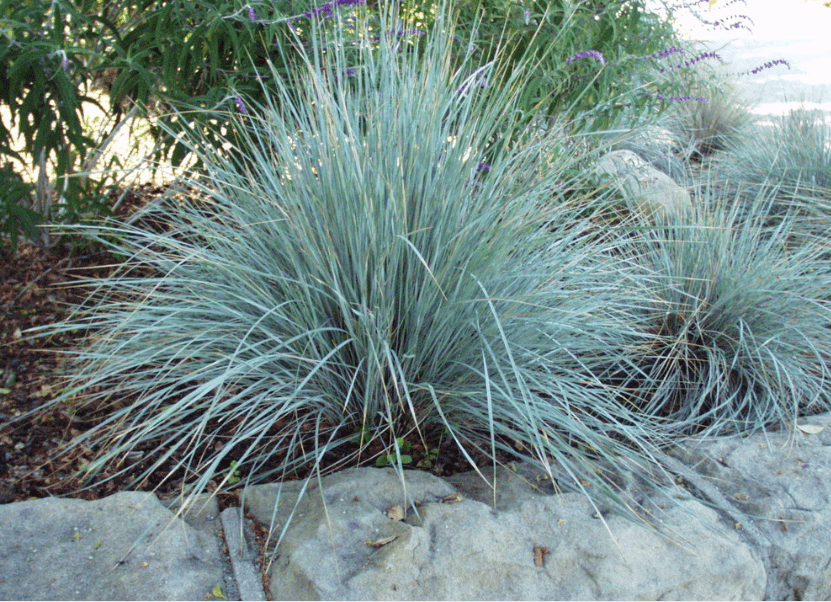More smart tips in the second part.
Let’s continue here with the second part of this interesting theme, namely “Smart tips for a sustainable garden.
Also do not forget to check our YouTube channel “Grig Stamate.”
https://www.youtube.com/@GrigStamate
for more inspiration regarding other smart and clever ideas for your home interiors.
Let’s see one beautiful video from the channel:
Small Patios and Gardens | OUTDOOR DECOR & LANDSCAPING IDEAS #9 (video)
Make small, wild areas.
Including wild areas in the garden expands its biodiversity. Therefore, leave dead wood and fallen branches scattered around, such as along a hedge or in a pile, for the insects that feed on it to slowly turn it into mulch. It is the final component in nature’s own cycle and has to be involved for it to work independently. Create a kvass fence or pile as well so that insects and tiny birds can live there and hide.
Make space for flora by allowing some grass to grow tall. Insects depend on wild plants for reproduction, such as the many butterfly species that use nettles as their breeding grounds. Create a stone bed, scattering a few stones around, or construct a raised bed with stone borders. It provides habitat for species that live beneath rocks and in the cracks between them. Moreover, it provides a space for amphibians and insects to absorb solar energy.

Dig as little as possible.
Although it may seem unusual, it is actually a good idea to only dig in the dirt when absolutely required. The structure of the soil and the life within it are transformed into lumps as you dig. After that, life there must expend energy to reestablish itself, which extends beyond working with the plants, making both types of life thrive a little less. CO2 is emitted from the earth into the air when you dig, and the rising CO2 levels in the atmosphere need to be controlled in every manner to prevent climate change. So, everything is important!
Grow without using poison.
Finally, even if it practically goes without saying, remember to stay away from harmful sprays and synthetic fertilizers. They can contaminate drinking water and are bad for the environment. Use compost and animal dung from organic sources like chicken, horse, and cow instead. In the early spring, it can be placed down as a ground cover. When you plant new plants, compost can also be placed in the planting hole like a packed lunch.
Hand weeding is an option. Start early in March or April when the plants are young and ready to be pulled up, then continue your path. You can keep track of what is what by getting to know the different wild flora.
Some weeds, such as cleavers, which adhere to other plants and disperses through seeds, are annuals. They are simple to pick up, and you can keep them down by getting rid of them before they hurt themselves. Others, like Swiss chard, sedge, and horsetail, are perennial and spread by the roots. In this area, weeding out the roots is also necessary to prevent their fast spread. Ground cover and plants that grow on the ground can help to keep undesirable weeds at bay. Some wild plants serve both practical and aesthetic purposes, such as wild carrots and clover, which are both beneficial insect plants. Additionally, clover is effective in adding nutrients to the soil.
Plant food for insects.
When selecting plants for your garden, look for those that attract insects, i.e. those with pollen-rich blossoms. The more diverse the insect population in the garden, the more adaptable the natural balance of beneficials and pests becomes. Insects also attract other creatures that hunt them. For example, birds that feed their young with insects and larvae can keep pests like aphids and cabbage worms at bay, as can frogs that eat snails. It is critical to supply food for insects at all times of the year. Erantis, crocus, Christmas rose, willow, fruit trees and flowering bushes, honey onion, clover, honeysuckle, yarrow, lavender, mandarin orange, spearmint, thyme, catnip, and St. There are plenty of others, so there are many others to choose from.
Provide water in the garden.
Insects, birds, frogs, and hedgehogs all require water and will seek it out wherever they can. If you want to expand the diversity of your garden, you should include small water bodies to foster a natural balance between beneficial animals and pests. It’s easy to do with a basin of water at ground level.
It will be greatly appreciated by the birds. The insects can also join without drowning if a few stones are used as a runway in the water. The more you do it, the more diverse the species you will be able to attract. Dragonflies and frogs can breed in a small pond with considerable depth and some plants. Perhaps a newt will emerge, bringing vitality to the garden and allowing you to share it with it.
Other related posts from our website:
https://howtobuildahouseblog.com/tranquil-japanese-zen-gardens/
https://howtobuildahouseblog.com/feng-shui-gardens-harmony-and-balance/
We sincerely hope that our video and post can help you.
Please, write your opinion in the comment section and do not forget to subscribe to our channel if you are new to our YouTube channel.
See you soon at another post.
Bye, Bye



No Responses